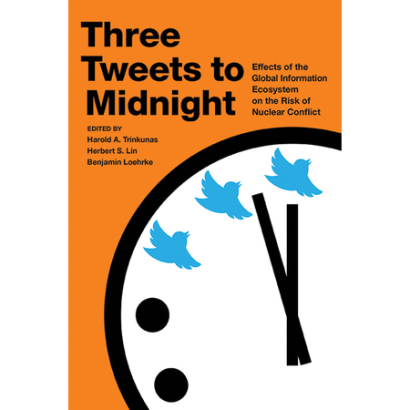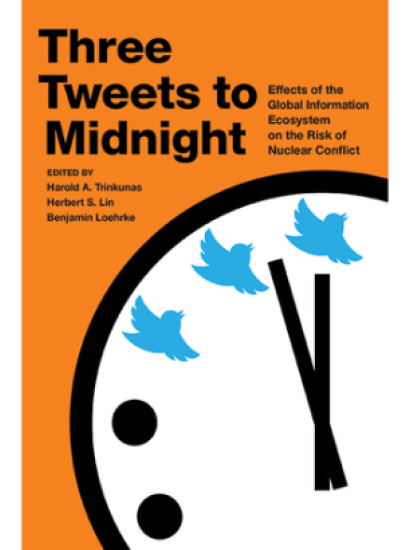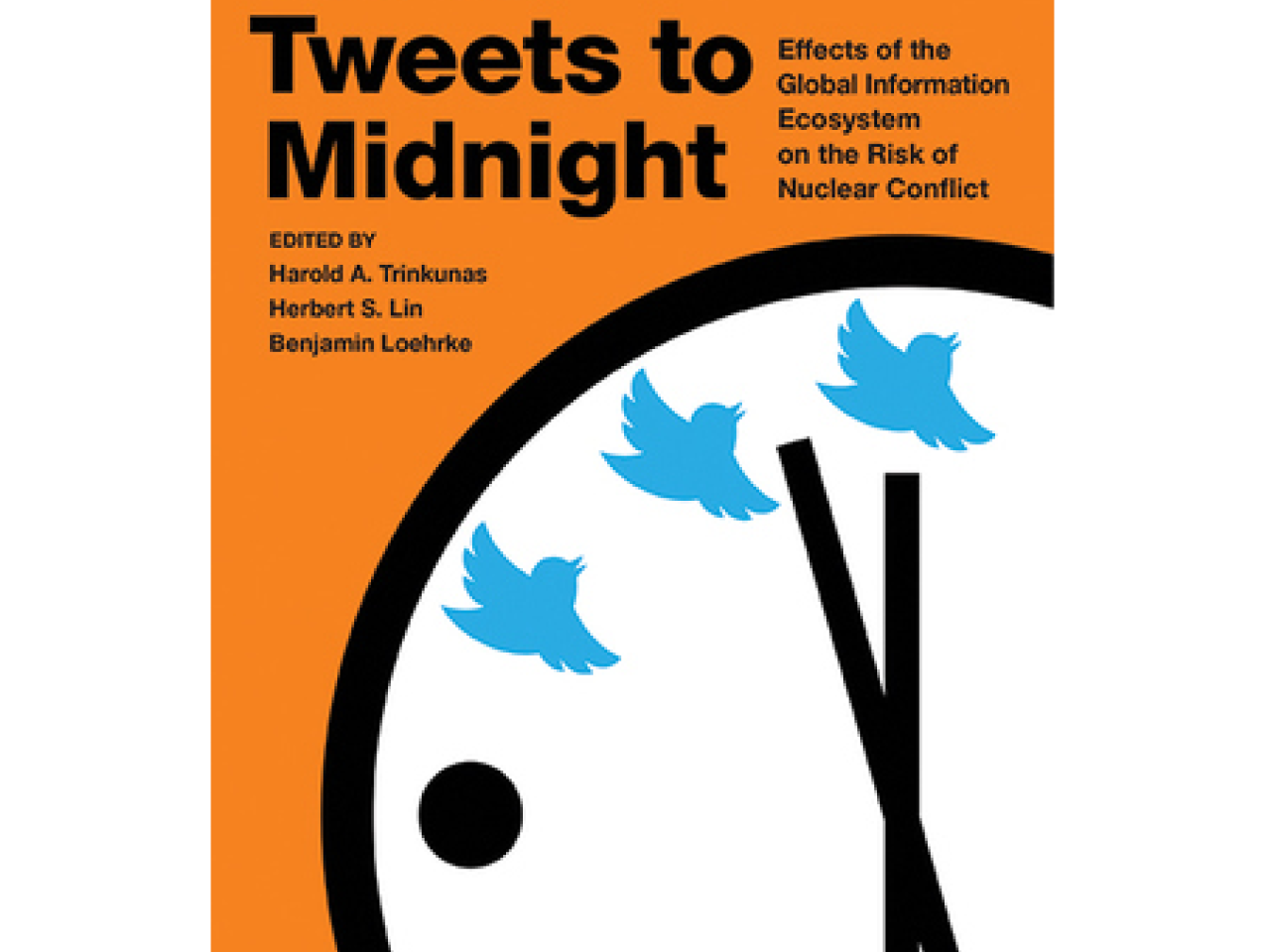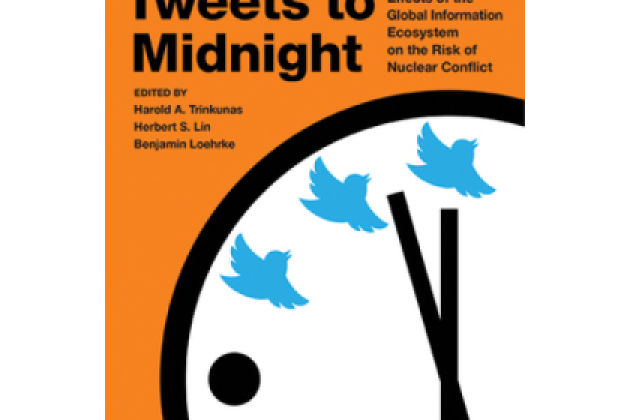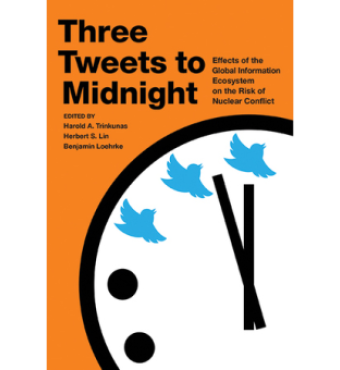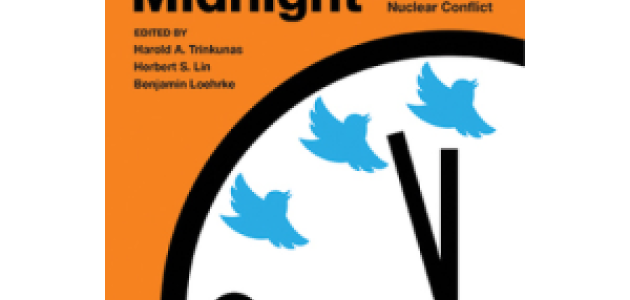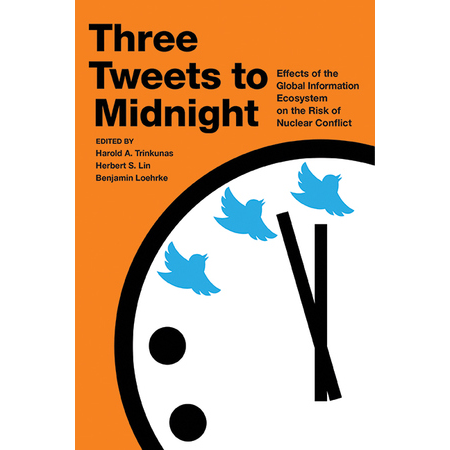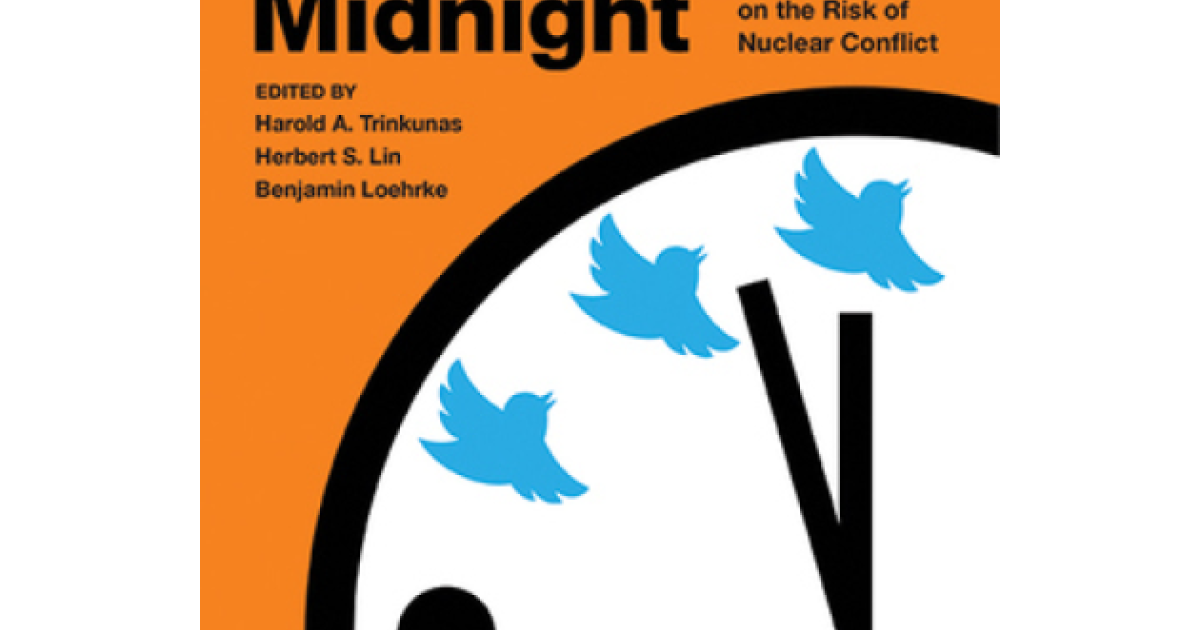
Disinformation and misinformation have always been part of conflict. But as the essays in this volume outline, the rise of social media and the new global information ecosystem have created conditions for the spread of propaganda like never before—with potentially disastrous results.
In our “post-truth” era of bots, trolls and intemperate presidential tweets, popular social platforms like Twitter and Facebook provide a growing medium for manipulation of information directed to individuals, institutions, and global leaders. A new type of warfare is being fought online each day, often in 280 characters or fewer. Targeted influence campaigns have been waged in at least forty-eight countries so far. We’ve entered an age where stability during an international crisis can be deliberately manipulated at greater speed, on a larger scale, and at a lower cost than at any previous time in history.
This volume examines the current reality from a variety of angles, considering how digital misinformation might affect the likelihood of international conflict and how it might influence the perceptions and actions of leaders and their publics before and during a crisis. It sounds the alarm about how social media increases information overload and promotes “fast thinking,” with potentially catastrophic results for nuclear powers.
CONTRIBUTORS
Kelly M. Greenhill, Danielle Jablanski, Jaclyn A. Kerr, Mark Kumleben, Jeffrey Lewis, Herbert S. Lin, Benjamin Loehrke, Rose McDermott, Ben O’Loughlin, Paul Slovic, Kate Starbird, Harold A. Trinkunas, Kristin Ven Bruusgaard, Samuel C. Woolley
Download PDFs of individual chapters below.
Chapter 1: Retweets to Midnight: Assessing the Effects of the Information Ecosystem on Crisis Decision Making between Nuclear Weapons States by Danielle Jablanski, Herbert S. Lin, and Harold A. Trinkunas
Chapter 2: Psychological Underpinnings of Post-truth in Political Beliefs
by Rose McDermott
Chapter 3: The Caveman and the Bomb in the Digital Age
by Paul Slovic and Herbert S. Lin
Chapter 4: Gaming Communication on the Global Stage: Social Media Disinformation in Crisis Situations
by Mark Kumleben and Samuel C. Woolley
Chapter 5: Information Operations and Online Activism within NATO Discourse
by Kate Starbird
Chapter 6: Of Wars and Rumors of Wars: Extra-factual Information and (In)Advertent Escalation
by Kelly M. Greenhill
Chapter 7: Crisis Stability and the Impact of the Information Ecosystem
by Kristin Ven Bruusgaard and Jaclyn A. Kerr
Chapter 8: Bum Dope, Blowback, and the Bomb: The Effect of Bad Information on Policy-Maker Beliefs and Crisis Stability
by Jeffrey Lewis
Chapter 9: The Impact of the Information Ecosystem on Public Opinion during Nuclear Crises: Lifting the Lid on the Role of Identity Narratives
by Ben O’Loughlin
Chapter 10: What Can Be Done to Minimize the Effects of the Global Information Ecosystem on the Risk of Nuclear War?
by Harold A. Trinkunas, Herbert S. Lin, and Benjamin Loehrke








